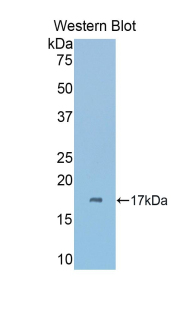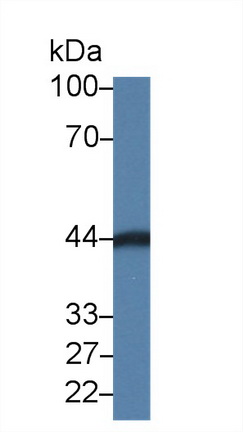Polyclonal Antibody to Carbonic Anhydrase VI (CA6) 

CA-VI; CAVI; GUSTIN; Carbonate dehydratase VI; Salivary carbonic anhydrase; Secreted carbonic anhydrase
Overview
Properties
- Product No.PAD073Mu02
- Organism SpeciesMus musculus (Mouse) Same name, Different species.
- ApplicationsWB
If the antibody is used in flow cytometry, please check FCM antibodies.
Research use only - DownloadInstruction Manual
- CategoryEnzyme & Kinase
- SourcePolyclonal antibody preparation, Host Rabbit
- Ig Type IgG, Potency n/a
- PurificationAntigen-specific affinity chromatography followed by Protein A affinity chromatography
- LabelNone
- Immunogen n/a
- Buffer FormulationPBS, pH7.4, containing 0.01% SKL, 1mM DTT, 5% Trehalose and Proclin300.
- TraitsLiquid, Concentration 500µg/mL
Sign into your account
Share a new citation as an author
Upload your experimental result
Review

Contact us
Please fill in the blank.
Specifity
The antibody is a rabbit polyclonal antibody raised against CA6. It has been selected for its ability to recognize CA6 in immunohistochemical staining and western blotting.
Usage
Western blotting: 0.2-2µg/mL;1:250-2500
Immunohistochemistry: 5-20µg/mL;1:25-100
Immunocytochemistry: 5-20µg/mL;1:25-100
Optimal working dilutions must be determined by end user.
Storage
Store at 4°C for frequent use. Stored at -20°C in a manual defrost freezer for two year without detectable loss of activity. Avoid repeated freeze-thaw cycles.
Stability
The thermal stability is described by the loss rate. The loss rate was determined by accelerated thermal degradation test, that is, incubate the protein at 37°C for 48h, and no obvious degradation and precipitation were observed. The loss rate is less than 5% within the expiration date under appropriate storage condition.
Giveaways
Increment services
-
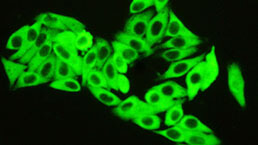 Antibody Labeling Customized Service
Antibody Labeling Customized Service
-
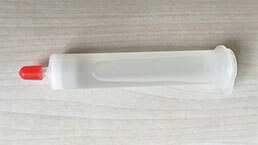 Protein A/G Purification Column
Protein A/G Purification Column
-
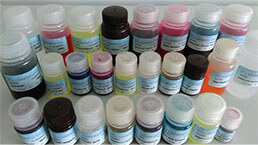 Staining Solution for Cells and Tissue
Staining Solution for Cells and Tissue
-
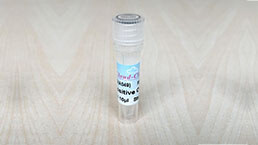 Positive Control for Antibody
Positive Control for Antibody
-
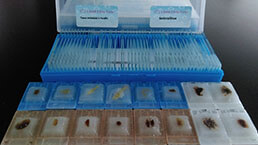 Tissue/Sections Customized Service
Tissue/Sections Customized Service
-
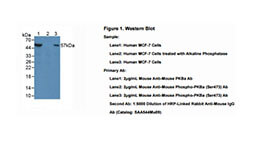 Phosphorylated Antibody Customized Service
Phosphorylated Antibody Customized Service
-
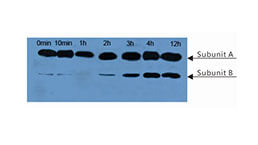 Western Blot (WB) Experiment Service
Western Blot (WB) Experiment Service
-
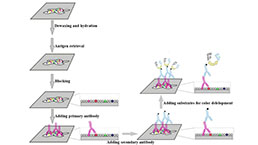 Immunohistochemistry (IHC) Experiment Service
Immunohistochemistry (IHC) Experiment Service
-
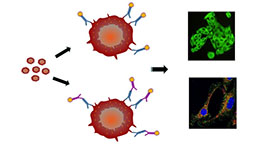 Immunocytochemistry (ICC) Experiment Service
Immunocytochemistry (ICC) Experiment Service
-
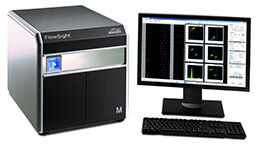 Flow Cytometry (FCM) Experiment Service
Flow Cytometry (FCM) Experiment Service
-
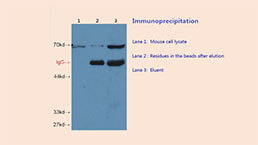 Immunoprecipitation (IP) Experiment Service
Immunoprecipitation (IP) Experiment Service
-
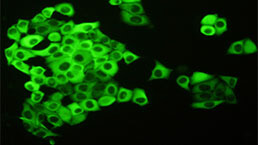 Immunofluorescence (IF) Experiment Service
Immunofluorescence (IF) Experiment Service
-
 Buffer
Buffer
-
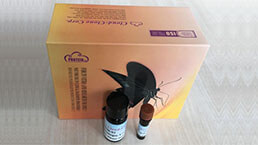 DAB Chromogen Kit
DAB Chromogen Kit
-
 SABC Kit
SABC Kit
-
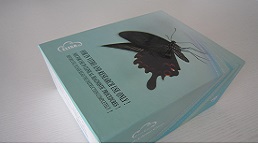 Long-arm Biotin Labeling Kit
Long-arm Biotin Labeling Kit
-
 Real Time PCR Experimental Service
Real Time PCR Experimental Service
Citations
- Salivary markers of taste sensitivity to oleic acid: a combined proteomics and metabolomics approachSpringer: Source
- SALIVARY CARBONIC ANHYDRASE VI, ZINC SULFATE TASTE ACUITY AND FREQUENCY OF ILLNESS: A PILOT STUDY Com:Source
- Associations between food consumption patterns and saliva composition: Specificities of eating difficulties children.pubmed:28185876
- Differences in the density of fungiform papillae and composition of saliva in patients with taste disorders compared to healthy controlspubmed:28981826
- Children with a Higher Activity of Carbonic Anhydrase VI in Saliva Are More Likely to Develop Dental Caries.pubmed:28633135
- Obese Subjects With Specific Gustatory Papillae Microbiota and Salivary Cues Display an Impairment to Sense LipidsPubmed:29713004
- Acceptance of added fat to first complementary feeding purees: An exploration of fat type, feeding history and saliva compositionPubmed: 30172680
- Activity of Carbonic Anhydrase VI is Higher in Dental Biofilm of Children with CariesPubmed: 31151296
- Polymorphism in the CAVI gene, salivary properties and dental cariesPubmed: 32013665





